Lifting supervisor jobs: what hiring managers look for on your CV
If you're aiming to land a role as a lifting supervisor,
your CV needs to do more than list qualifications - it should clearly
demonstrate your experience, leadership, and safety-first mindset. In the heavy
lift industry, hiring managers are looking for candidates who can manage
complex operations, ensure compliance, and lead teams with confidence. Here’s
what to highlight to stand out.
What certifications will I need for this role?
First and foremost, hiring managers want to see that you're qualified. Make sure your CV includes relevant certifications such as:
- CPCS A62 (Lifting Operations Supervisor)
- NPORS Lifting Supervisor
- SSSTS or SMSTS (for site safety)
- Any LOLER or PUWER training
For roles based in Europe you will need:
In the heavy lift industry, safety and compliance are everything and hiring managers want to see that you’re not just experienced but properly certified to take charge of lifting operations. Your CV should clearly list all relevant qualifications, ideally in a dedicated section near the top so they’re easy to spot.
Start with the essentials. If you're applying for lifting supervisor roles in the UK, certifications like CPCS A62 (Lifting Operations Supervisor) or NPORS Lifting Supervisor are often mandatory. These show that you’ve been trained to plan, manage, and oversee lifting operations in line with industry standards.
Beyond that, site safety credentials such as SSSTS (Site Supervisor Safety Training Scheme) or SMSTS (Site Management Safety Training Scheme) are highly valued. They demonstrate your understanding of broader site safety responsibilities and your ability to lead teams safely and effectively.
If your work involves equipment governed by regulations like LOLER (Lifting Operations and Lifting Equipment Regulations) or PUWER (Provision and Use of Work Equipment Regulations), mention any training or experience you have in applying these standards. This reassures hiring managers that you’re not just qualified on paper - you understand how to apply compliance in real-world scenarios.
Finally, if you’ve worked offshore or on international projects, include any relevant certifications such as BOSIET, GWO, or medical fitness certificates. These can be a major advantage, especially for roles that require travel or work in high-risk environments.
Real-World Experience: Showcasing Your Practical Know-How
When hiring managers review CVs for lifting supervisor roles, they’re looking for more than just qualifications, they want to see evidence that you’ve successfully applied your skills in real-world settings. This is your chance to demonstrate your hands-on experience and the value you bring to a project.
Start by outlining the types of projects you’ve worked on. Whether it’s large-scale infrastructure, offshore wind farms, energy facilities, or complex construction sites, naming specific sectors helps hiring managers quickly understand your background. If you’ve worked on high-profile or technically challenging projects, be sure to mention them.
Next, detail the scope of your responsibilities. Did you oversee lifts involving mobile cranes, tower cranes, or gantry systems? Were you responsible for coordinating with riggers, slingers, and crane operators? Did you manage lift plans, risk assessments, and pre-lift briefings? These specifics show that you understand the full lifecycle of a lift and can manage operations safely and efficiently.
Quantifying your experience can also make a big impact. For example:
- “Supervised lifts of up to 200 tonnes on a multi-phase infrastructure project.”
- “Led a team of 12 during the installation of modular units on a high-rise development.”
- "Managed daily lifting operations across a site with five active cranes.”
If you’ve worked in challenging environments, such as offshore, confined spaces, or high-risk zones, highlight that too. It shows resilience, adaptability, and a strong safety mindset.
Should I add my Leadership and Communication Skills?
In lifting operations, technical knowledge is essential, but it’s your ability to lead and communicate effectively that truly sets you apart. Hiring managers are looking for lifting supervisors who can confidently manage teams, coordinate with multiple stakeholders, and maintain a calm, safety-focused presence on site.
Your CV should reflect your leadership experience clearly. Have you led teams of riggers, slingers, and crane operators? Managed subcontractors or liaised with site managers and clients? These are key responsibilities that show you’re capable of taking charge and ensuring smooth operations. If you’ve supervised large crews or worked on multi-contractor sites, mention the size and complexity of the teams you’ve led.
Communication is just as critical. Lifting supervisors are responsible for delivering toolbox talks, conducting pre-lift briefings, and ensuring everyone on site understands the lift plan and safety procedures. Highlight your ability to explain technical details, resolve misunderstandings, and keep everyone aligned - especially under pressure.
If you’ve handled incident reporting, led safety audits, or contributed to training and mentoring junior staff, include that too. These examples show that you’re proactive, responsible, and invested in building a strong safety culture.
Soft skills like problem-solving, decision-making, and adaptability are also worth mentioning. Have you had to adjust a lift plan due to weather or site changes? Stepped in to resolve a conflict or equipment issue? These moments demonstrate your ability to think on your feet and lead with confidence
Flexibility and site readiness
Projects can be fast-paced, remote, and logistically complex. That’s why hiring managers value candidates who are not only skilled and experienced, but also flexible and site ready. Your CV should reflect your ability to adapt to different environments, respond to changing schedules, and hit the ground running, wherever the job takes you.
Start by highlighting your willingness to travel or relocate. Many lifting supervisor roles involve working across multiple sites, regions, or even countries. If you’ve worked on offshore installations, international projects, or remote construction sites, mention them. This shows you’re comfortable operating outside of a fixed location and can handle the demands of mobile project work.
Include any certifications or documentation that support your site readiness. For offshore or high-risk environments, this might include:
- BOSIET or FOET (Basic/Refresher Offshore Safety Induction and Emergency Training)
- GWO (Global Wind Organisation training for wind energy projects)
- Medical fitness certificates
- Passport and visa readiness for international roles
Also mention your availability. If you’re open to short-notice deployments, shift work, or weekend rotations, make that clear. Hiring managers often need candidates who can step into roles quickly, especially when projects ramp up or timelines shift unexpectedly.
Finally, if you’ve worked in environments with strict access requirements, such as nuclear sites, refineries, or military bases - include any relevant security clearances or onboarding experience. This adds another layer of credibility and shows you’re prepared for complex operational settings.
Find your next lifting supervisor role with QCS Staffing
We specialise in connecting talented professionals within the heavy lift industry, but also life sciences and data centres.
Explore our latest opportunities in supervisor roles and take the next step in your career by submitting your resume. If you don’t find the right role today, sign up for job alerts to stay updated on our newest vacancies.
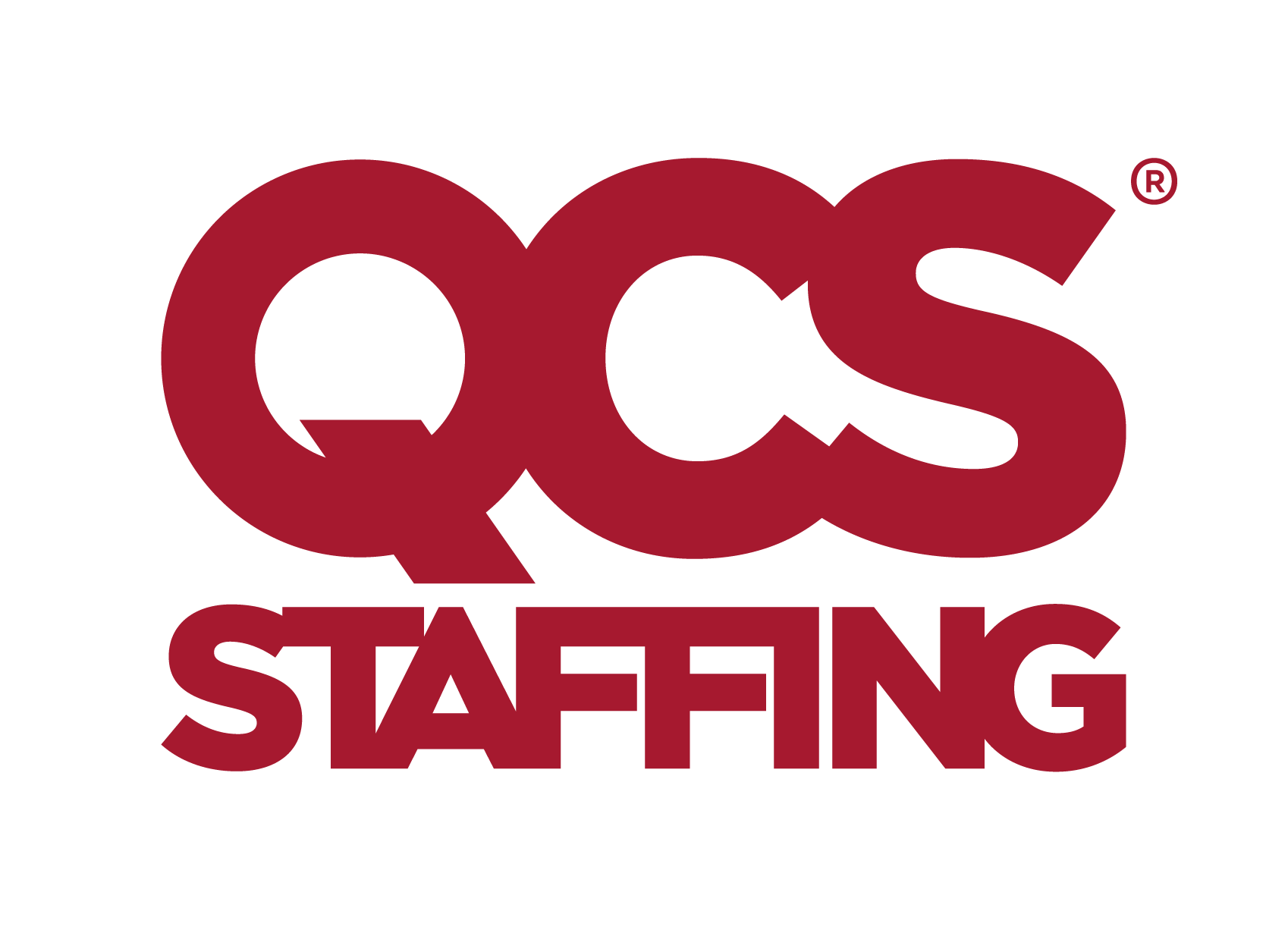
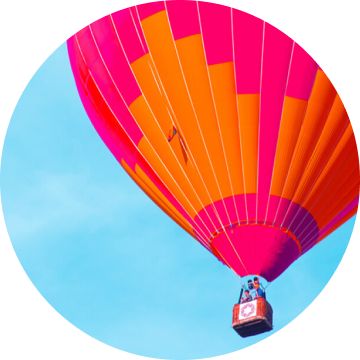

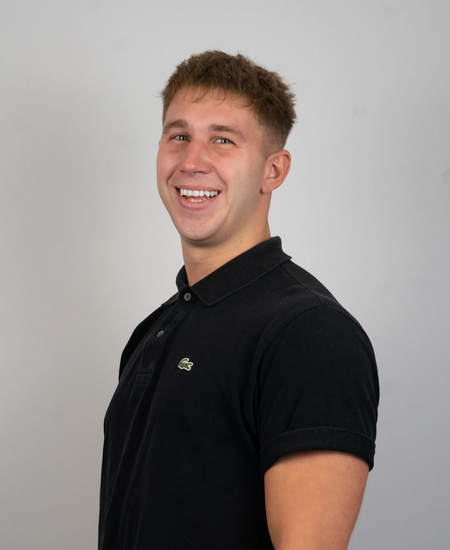

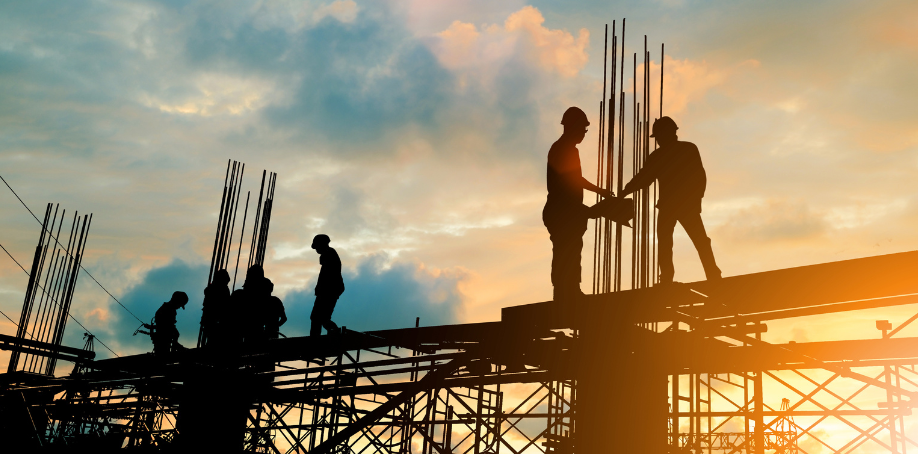
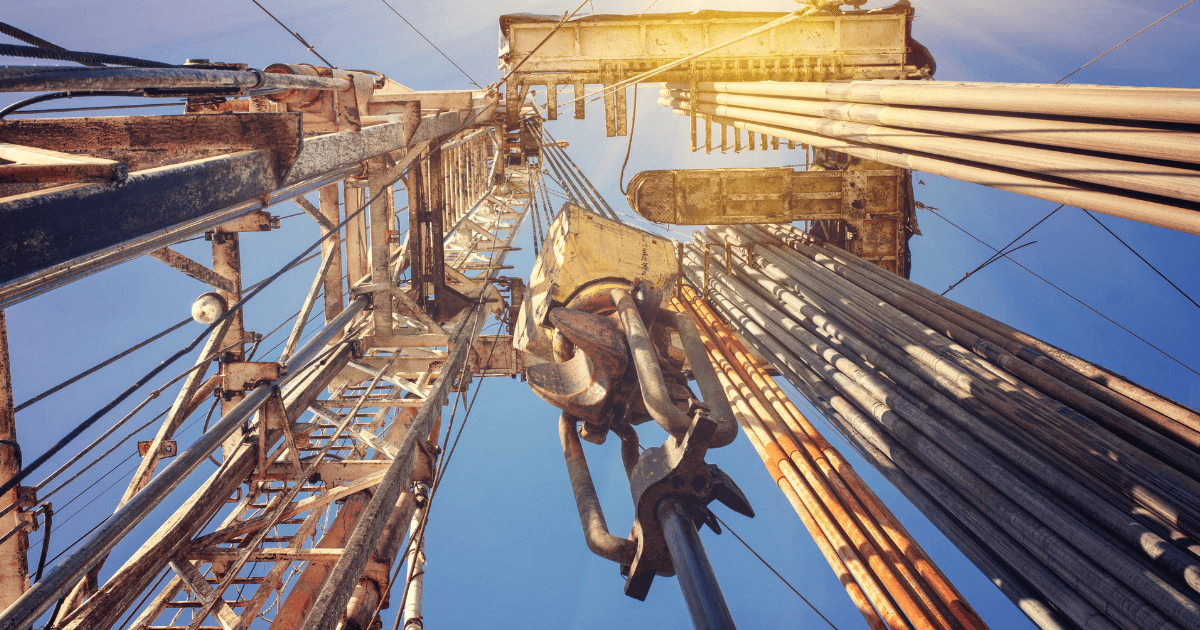
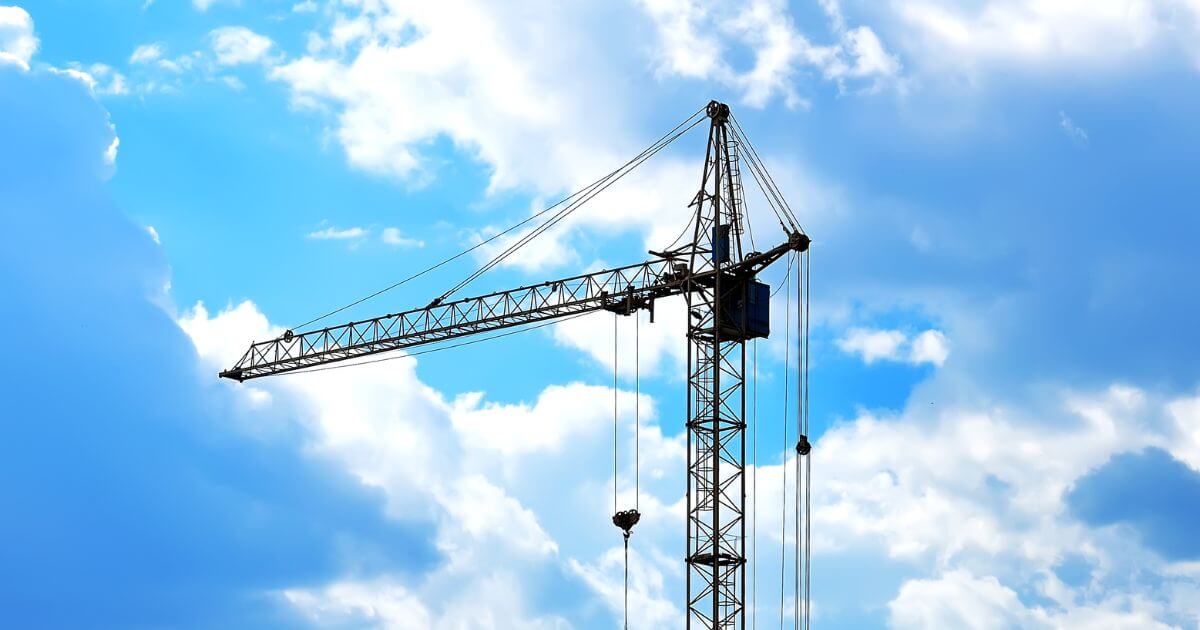
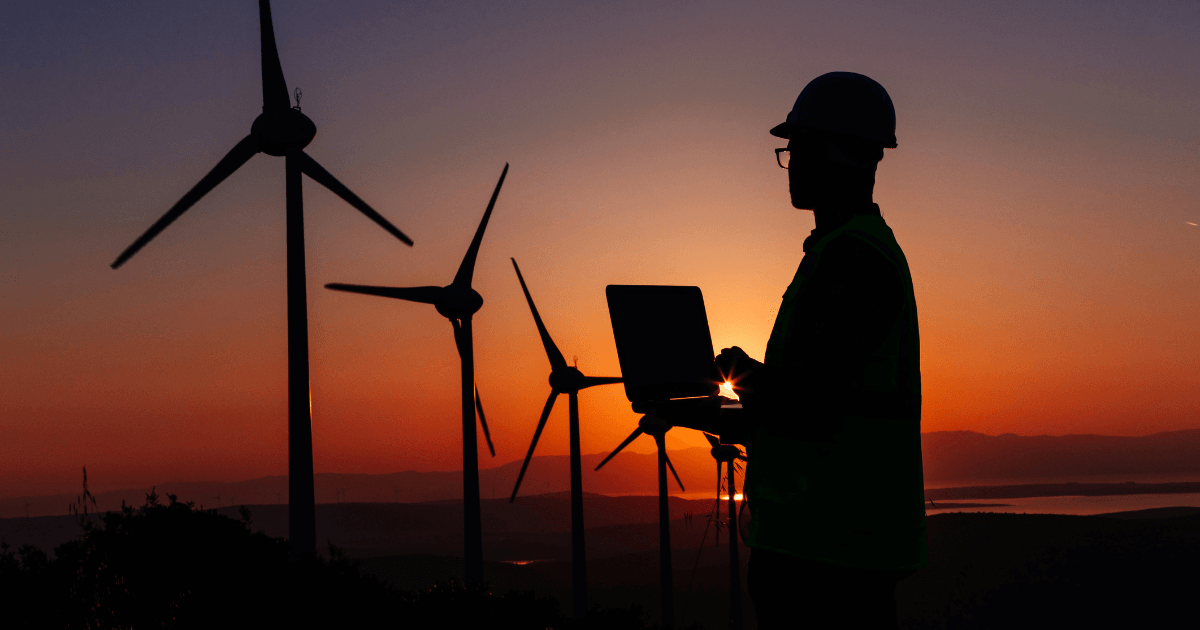.png?v=80a0421a8ae621e572ffffe39c6613df)